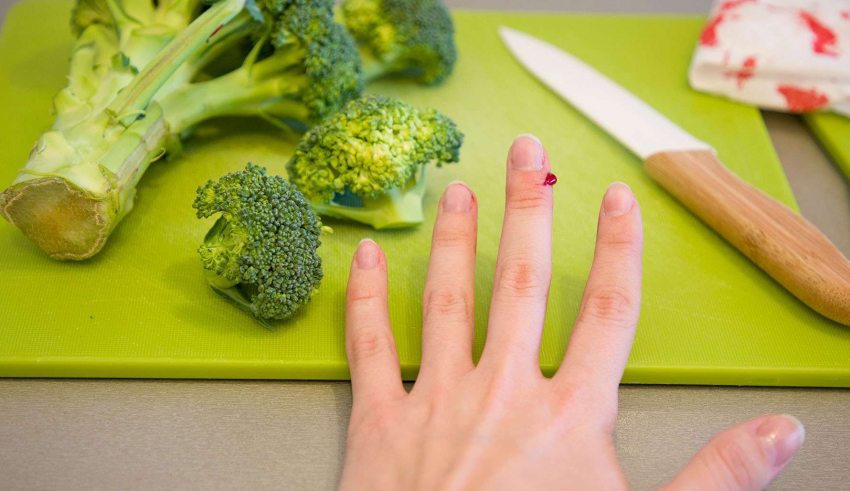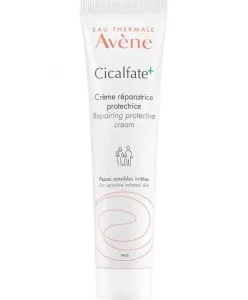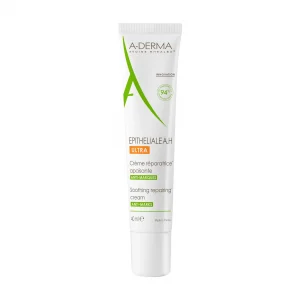
Everyone gets cuts and scratches from growing up and playing a lot, but even the most careful adults also get injured from time to time. Deep skin injuries may require professional medical attention, but minor surface injuries, such as a superficial wound, can be cleaned and treated at home. Superficial wounds are simple, small wounds. Even if they seem harmless, they must be treated in order to avoid complications and primarily infections. Find out how to treat them and when to seek professional advice in this article from The Dermo Lab in collaboration with the dermatologist Dr. Eman Soliman.
What is a superficial wound?
A wound, as defined, is a rupture of the protective function of the skin; the loss of continuity of the epithelium, with or without loss of the underlying connective tissue (i.e., muscles, bones, nerves).
General wounds are classified as follows:
- Superficial: this is a scratch, bruise, discoloration or swelling, of minimal severity. According to Dr. Eman Soliman, this is a wound that only affects the epidermis.
- Partial-thickness: involves the epidermis and dermis.
- Full-thickness: involves the dermis, subcutaneous fat, and sometimes the bone.
Superficial wounds are most often caused by a sharp object such as a knife or shard of glass. Depending on its location, the wound may bleed significantly. Bleeding will be more pronounced in areas rich in superficial vascularity (small vessels near the surface of the skin) such as the fingers, palms, face, or soles of the feet.
How do you take care of a superficial wound?
Cuts that do not involve fat or muscle tissue (superficial), do not bleed profusely, are less than one centimeter long, and do not involve the face can usually be treated at home without stitches. The goals of wound care are to stop bleeding and reduce the risk of scarring and infection.
To properly treat a superficial wound, a few simple steps are all that is needed to stop bleeding, avoid complications and promote proper healing. Be careful, these steps must be followed systematically to avoid the infection of the wound.
1- Control the bleeding
Use a clean towel to apply gentle pressure to the area until the bleeding stops (this may take a few minutes). Be aware that some medications affect bleeding and may require pressure for a longer period.
2- Wash your hands well
Before cleaning or dressing the wound, make sure to wash your hands to avoid contamination and infection of the wound.
3- Rinse the wound
Wash the cut area thoroughly with soap and water, but do not scrub the wound. Remove all dirt particles from the area and let the tap water run over the cut for several minutes. A dirty cut or scrape that is not properly cleaned can lead to infection and scarring. Dr. Eman Soliman notes that you can use an antiseptic solution instead of water to clean a superficial wound.
To save you time in finding your own supply, we offer you the very best disinfectant spray.
Ducray Diaseptyl Spray: This spray is intended to be used on small wounds and to protect the skin from microorganisms that may enter the skin through cuts so that they do not get worse.
After cleaning, gently dry the surrounding skin with a clean pad or towel and apply a soothing spray to reduce redness and irritation.
We recommend Eau Thermale Avène Spring Water Spray as it will provide long-lasting protection with its moisturizing and soothing ingredients. Spring water does not see the sky for more than 50 years. It is bottled, and once you spray, you’re using water that fell to earth over 50 years ago, making it the purest water you can find.
4- Apply a wound cream.
To improve and speed up the healing of the skin, apply a wound cream. A wound cream can be used on all weakened skin following superficial dermatological procedures that can leave skin marks. It helps restore the skin while preserving the skin’s natural barrier and promotes an optimal environment for skin recovery.
While there are many products available, several stand out for their ability to treat and soothe the most stubborn wounds. Check them out.
For non-oozing wounds:
Eau Thermale Avène Cicalfate+ Restorative Protective Cream: Its recovery speed is 4 times faster than that of untreated skin.
A-Derma Epitheliale A.H Ultra Soothing Repairing Cream
For oozing wounds:
If your wound is oozing, we recommend drying it with the following spray from A-Derma. It drains and decongests oozing skin. In addition, it soothes, calms and softens the skin in case of irritations.
A-Derma Cytelium Drying Spray
Once your wound is dry, you can continue with the creams mentioned above.
5- Cover the wound
In general, superficial wounds do not require a bandage. However, you can apply one or use a sterile compress. If you put on a dressing, it is necessary to change it every day and whenever it gets wet or dirty.
6- Check the area daily and keep it clean and dry.
Dr. Eman Soliman notes that superficial wounds take a maximum of 2 weeks to heal and it does not require hospitalization.
What are the signs of a superficial wound infection?
Contact your health care provider right away if any of the following occur:
- Bleeding from the wound not controlled by direct pressure.
- Signs of infection. These include increased pain in the wound, increased redness or swelling of the wound, pus, or a bad odor from the wound.
- Fever of 38ºC or higher
- Chills
- Reopening of wound edges
- Change of wound color
- Numbness around the wound
- Decreased movement around the wounded area
Mild and superficial wound infections can be treated with topical agents, while deeper and moderate infections should be treated with oral antibiotics.
Dr. Eman Soliman points out that complications that can arise from a superficial wound infection include bacterial skin infection and poor wound healing.
When is tetanus prophylaxis needed for minor wounds?
The risk of tetanus should not be taken lightly. Regardless of the type of injury, always check that the injured person is up to date on their tetanus vaccination.
The Centers for Disease Control and Prevention recommends that tetanus toxoid be given as soon as possible to patients who have no history of tetanus immunization, have not completed a primary tetanus vaccination series, or have not received a tetanus booster within the past 10 years.
Things to avoid
- Never combine two or more local antiseptics;
- Avoid using alcohol on a wound;
- Avoid using colored antiseptics to be able to follow the evolution of the wound without difficulty;
- Do not use any cotton pad as it may fray in the wound;
- In case of bad handling, antiseptics can be contaminated. To avoid this, close the bottle tightly after use and avoid direct contact of the wound with the bottle.
In short, for superficial wounds, the simple measures listed above can help reduce the appearance of scarring. For deep, painful, or infected wounds, it is imperative to seek medical attention. Although no scar can be completely eliminated, most scars will disappear over time. A dermatologist can also suggest solutions to make a scar less visible.
Last Updated on February 26, 2024














